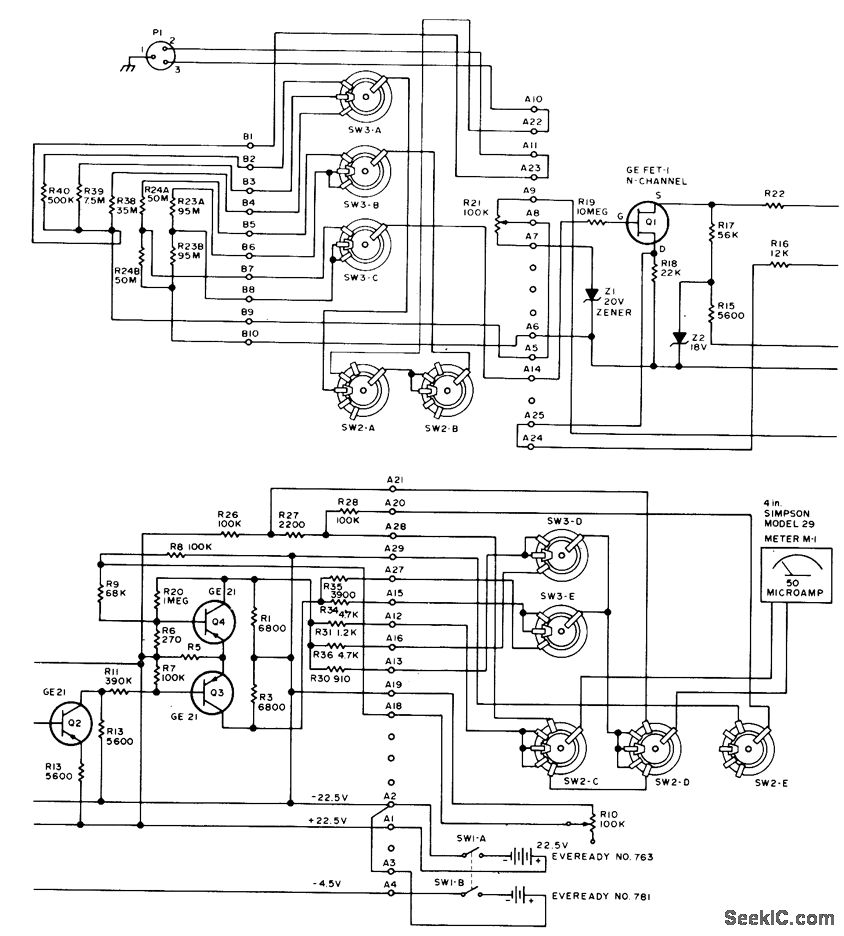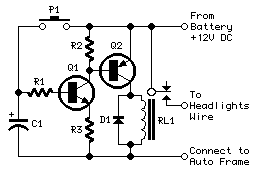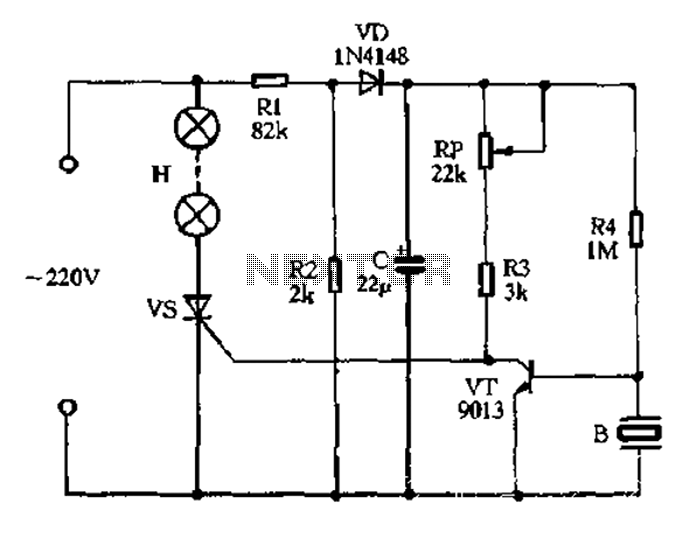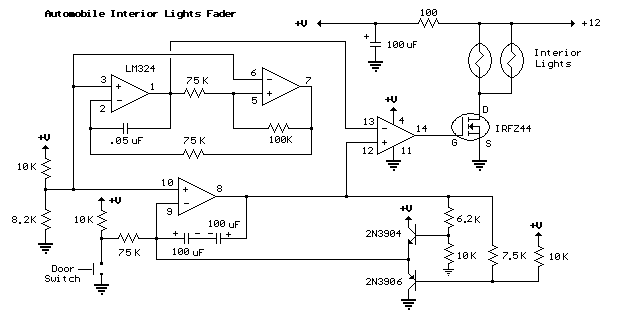
Auto Light Time/ Dimmer

A light timer/dimmer, similar to those found in dome lights, is desired, but guidance on how to begin the project is needed.
A light timer/dimmer circuit is designed to control the brightness of a light source and to provide a timed operation feature. This type of circuit is commonly used in automotive applications, particularly in dome lights, where it can enhance user convenience by allowing lights to dim gradually or turn off after a specified period.
The basic components of a light timer/dimmer circuit typically include a microcontroller, a light sensor, a dimming driver, and a timing mechanism. The microcontroller serves as the central processing unit, receiving input from the light sensor and controlling the dimming driver based on user settings or environmental conditions.
The light sensor can be a photoresistor (LDR) or a phototransistor, which detects ambient light levels. When the light level falls below a predetermined threshold, the microcontroller activates the dimming driver. The dimming driver could be a MOSFET or a TRIAC, which adjusts the power delivered to the light source, enabling dimming functionality.
A timing mechanism can be implemented using a simple timer IC, such as the 555 timer, or through programming within the microcontroller. This mechanism allows the user to set a duration for which the light remains on before automatically turning off, enhancing energy efficiency and convenience.
The circuit can be powered by a DC source, typically from a vehicle's battery or a dedicated power supply. Additional features may include user interfaces such as potentiometers for adjusting brightness levels and buttons for setting the timer duration.
For a more advanced design, integration with smartphone applications via Bluetooth or Wi-Fi can provide remote control capabilities, allowing users to manage lighting settings from their mobile devices.
Overall, the development of a light timer/dimmer circuit involves selecting appropriate components, designing the circuit layout, programming the microcontroller, and testing the functionality to ensure reliable performance in the intended application.Im looking for a Light timer/ dimmer Like something you would find on a Dome light. but dont know where to start 🔗 External reference
A light timer/dimmer circuit is designed to control the brightness of a light source and to provide a timed operation feature. This type of circuit is commonly used in automotive applications, particularly in dome lights, where it can enhance user convenience by allowing lights to dim gradually or turn off after a specified period.
The basic components of a light timer/dimmer circuit typically include a microcontroller, a light sensor, a dimming driver, and a timing mechanism. The microcontroller serves as the central processing unit, receiving input from the light sensor and controlling the dimming driver based on user settings or environmental conditions.
The light sensor can be a photoresistor (LDR) or a phototransistor, which detects ambient light levels. When the light level falls below a predetermined threshold, the microcontroller activates the dimming driver. The dimming driver could be a MOSFET or a TRIAC, which adjusts the power delivered to the light source, enabling dimming functionality.
A timing mechanism can be implemented using a simple timer IC, such as the 555 timer, or through programming within the microcontroller. This mechanism allows the user to set a duration for which the light remains on before automatically turning off, enhancing energy efficiency and convenience.
The circuit can be powered by a DC source, typically from a vehicle's battery or a dedicated power supply. Additional features may include user interfaces such as potentiometers for adjusting brightness levels and buttons for setting the timer duration.
For a more advanced design, integration with smartphone applications via Bluetooth or Wi-Fi can provide remote control capabilities, allowing users to manage lighting settings from their mobile devices.
Overall, the development of a light timer/dimmer circuit involves selecting appropriate components, designing the circuit layout, programming the microcontroller, and testing the functionality to ensure reliable performance in the intended application.Im looking for a Light timer/ dimmer Like something you would find on a Dome light. but dont know where to start 🔗 External reference





